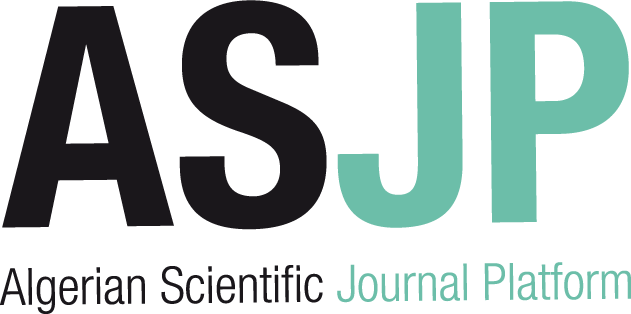Modeling, simulation, and optimization of postcombustion CO2 capture for variable feed concentration and flow rate / M. M. Faruque Hasan in Industrial & engineering chemistry research, Vol. 51 N° 48 (Décembre 2012)

Modeling, simulation, and optimization of postcombustion CO2 capture for variable feed concentration and flow rate : . 2. Pressure swing adsorption and vacuum swing adsorption processes [texte imprimé] / M. M. Faruque Hasan, Auteur ; Richard C. Baliban, Auteur ; Josephine A. Elia, Auteur . - 2013 . - pp. 15665-15682.
Industrial chemistry
Langues : Anglais (eng)
in Industrial & engineering chemistry research > Vol. 51 N° 48 (Décembre 2012) . - pp. 15665-15682
Mots-clés : Vacuum swing adsorption Pressure Optimization Carbon dioxide Modeling Résumé : This paper reports studies on CO2 capture technologies and presents the mathematical modeling, simulation, and optimization of adsorption-based process alternatives, namely, pressure swing adsorption (PSA) and vacuum swing adsorption (VSA). Each technology includes feed dehydration, capture of at least 90% of CO2 from the feed, and compression to almost pure CO2 for sequestration at 150 bar. Each process alternative is optimized over a range of feed CO2 compositions and flow rates. A superstructure of alternatives is developed to select the optimum dehydration strategy for feed to each process. A four-step process with pressurization, adsorption in multiple columns packed with 13X zeolite, N2 purging, and product recovery at moderate to low vacuum is configured. A nonlinear algebraic and partial differential equation (NAPDE) based nonisothermal adsorption model is used, which is fully discretized and solved via a kriging model. Explicit expressions for costs as functions of feed flow rate and CO2 composition are also developed for the PSA- and VSA-based CO2 capture and compression for the first time. Furthermore, a cost-based comparison of four leading CO2 capture technologies, namely, absorption-, membrane-, PSA-, and VSA-based processes, is presented over a range of flue gas compositions and flow rates. This enables selection of the most cost-effective CO2 capture and storage (CCS) technology for diverse emission scenarios. Results indicate that CO2 can be captured with the least cost using a MEA-based chemical absorption when the feed CO2 composition is less than 15―20%. For higher CO2 compositions, VSA is the preferred process. ISSN : 0888-5885 En ligne : http://cat.inist.fr/?aModele=afficheN&cpsidt=26710604








